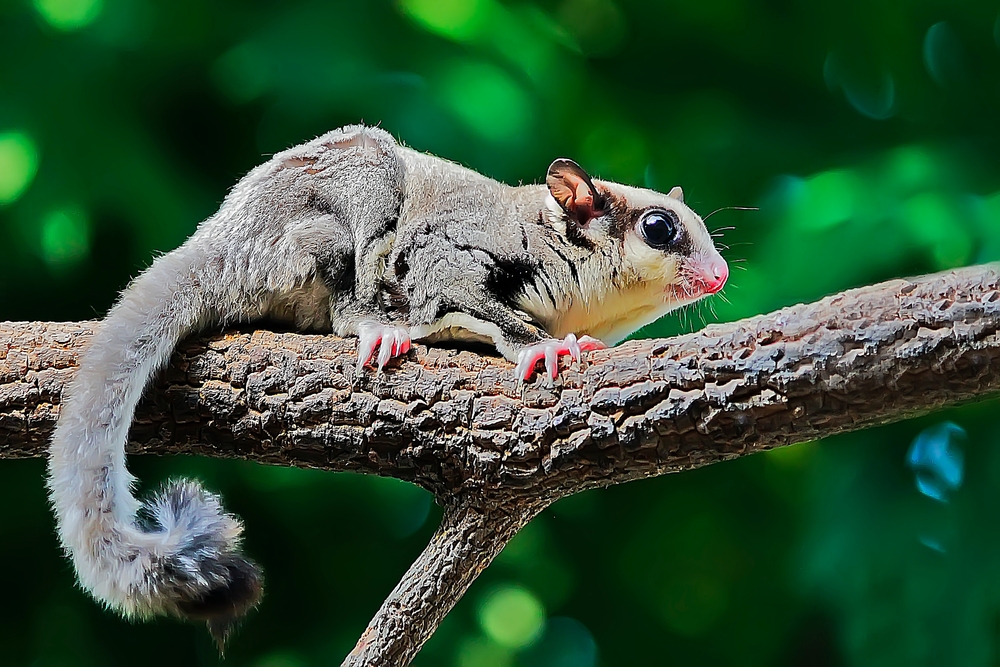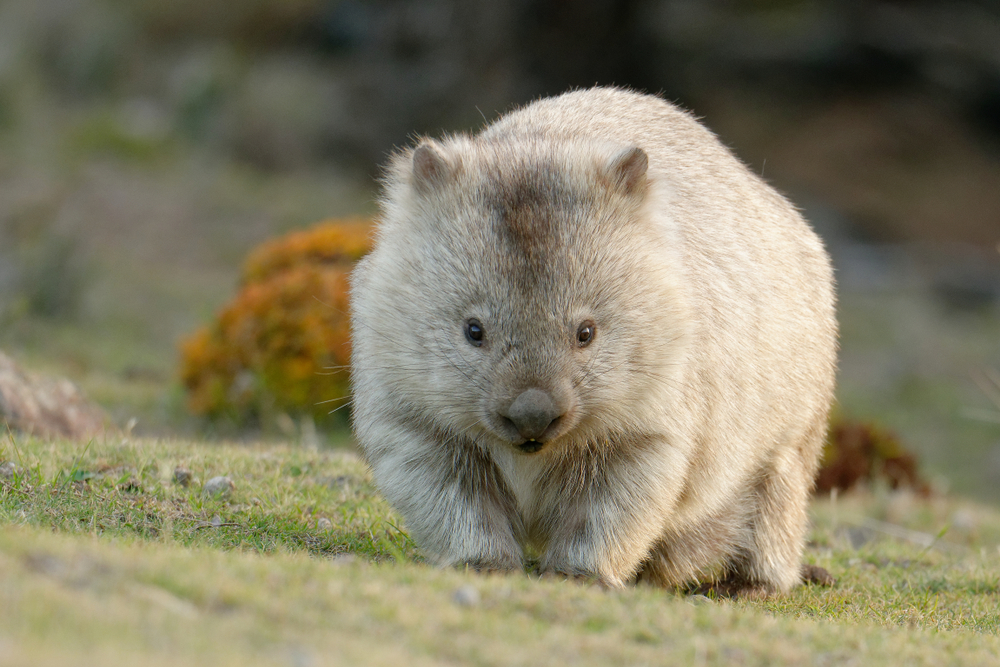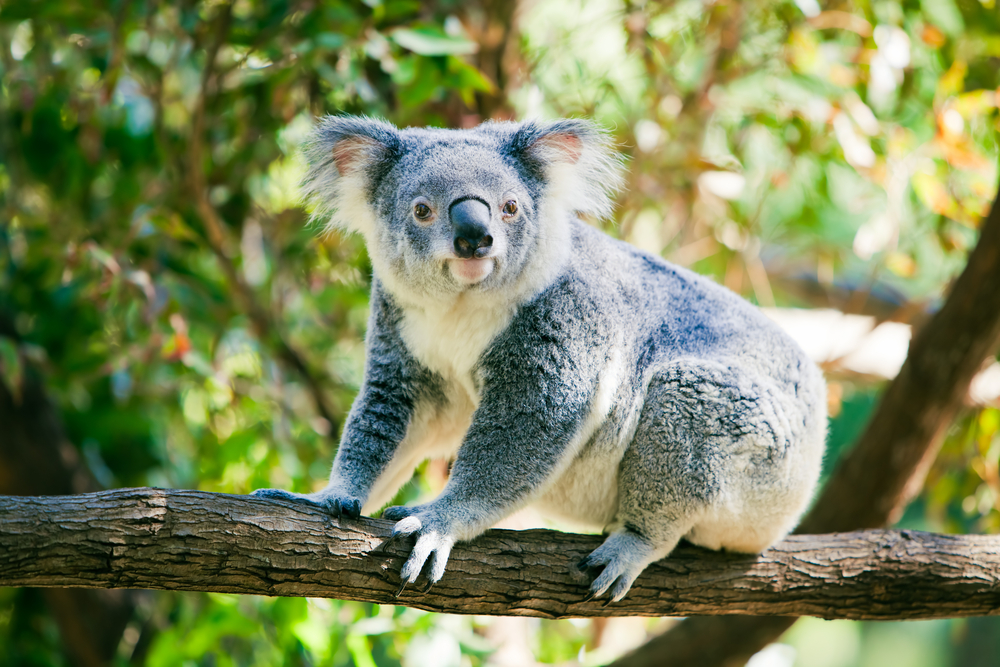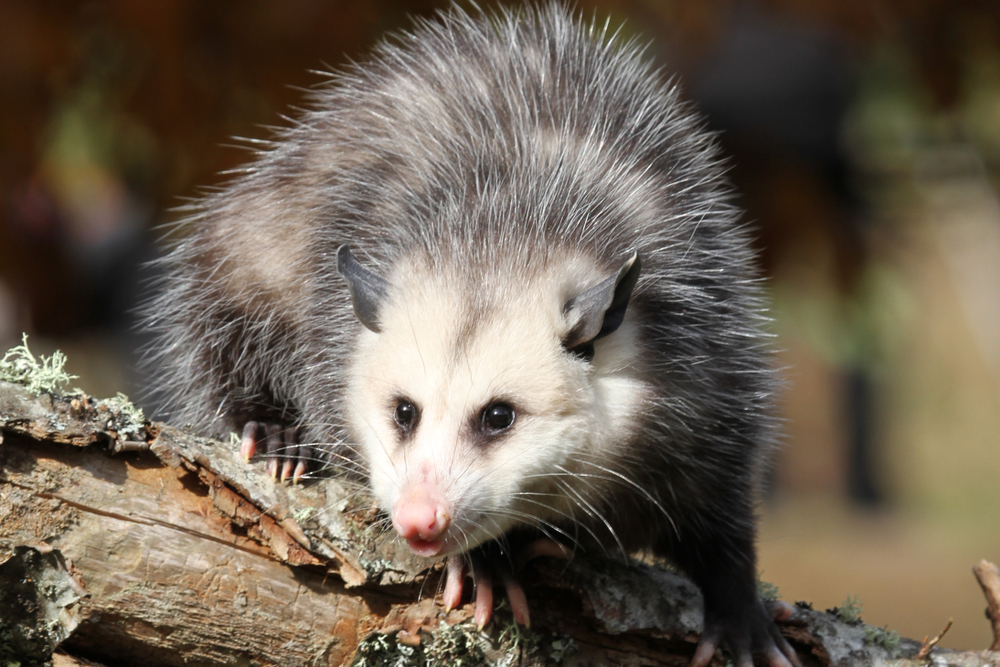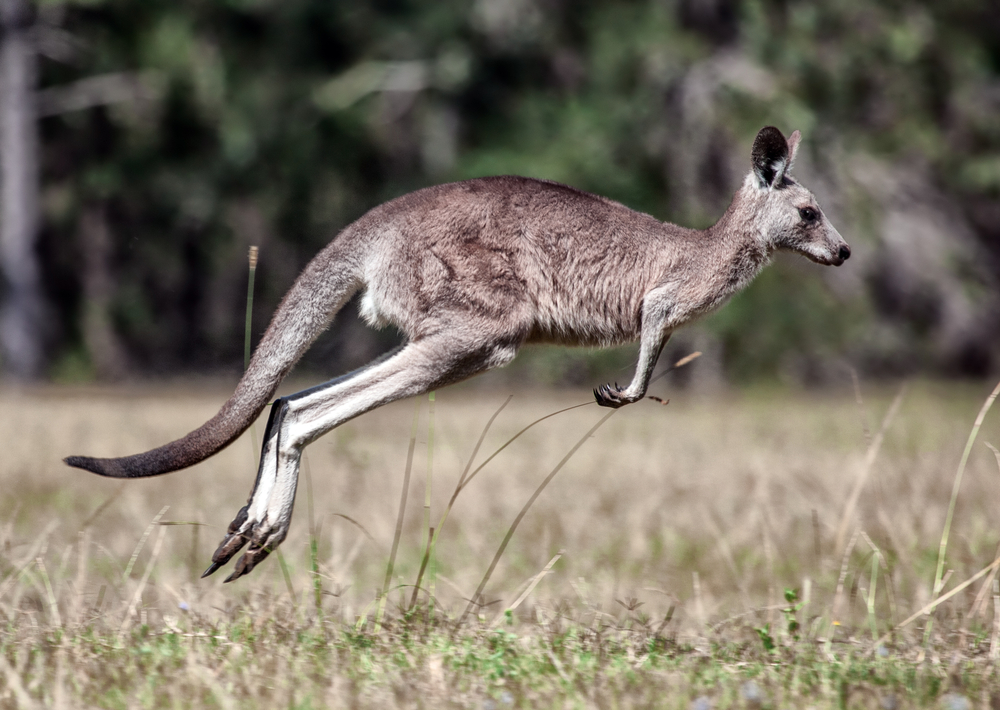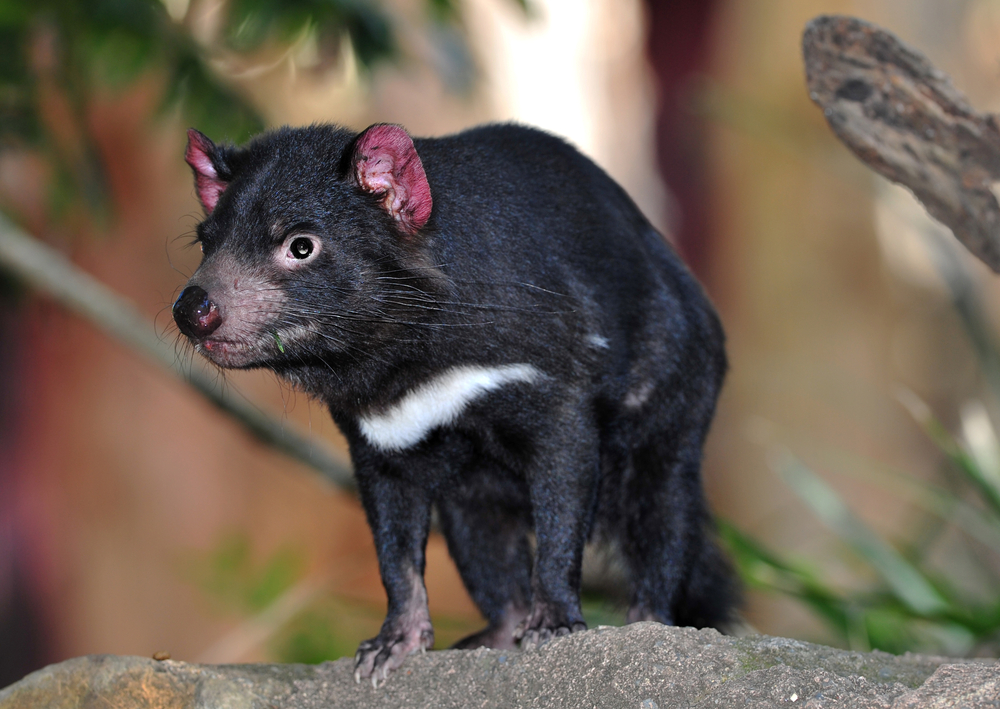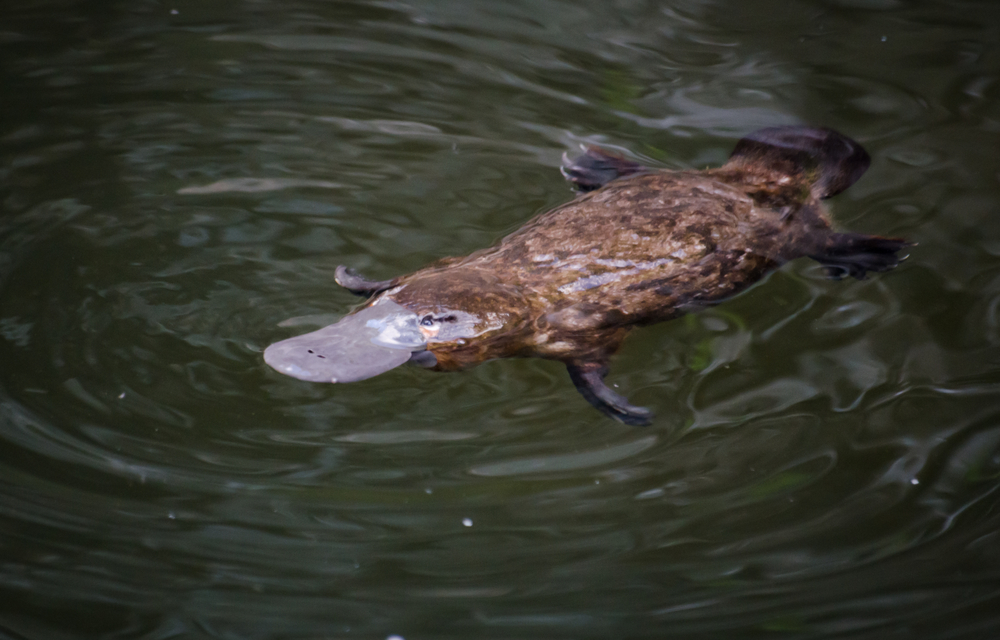About
#Marsupial
The sugar glider (Petaurus breviceps) is a small, nocturnal marsupial known for its ability to glide between trees using a membrane of skin called the patagium. Native to Australia, New Guinea, and parts of Indonesia, this tree-dwelling species belongs to the Petauridae family and gets its name from its love of sweet foods like nectar and sap, along with its unique gliding locomotion.
Sugar gliders are about 24–30 cm (9–12 inches) long including the tail and weigh just 100–160 grams (3.5–5.6 ounces). They have soft, grayish fur with a black dorsal stripe, large black eyes adapted for night vision, and opposable fingers for grasping branches. The patagium stretches from wrist to ankle, allowing them to glide over 45 meters (150 feet) between trees.
They are highly social animals that live in groups and communicate through a wide range of vocalizations, scents, and grooming. At night, sugar gliders forage for tree sap, gum, nectar, insects, and fruit. Their lower incisors help them gouge tree bark to access sugary exudates.
As marsupials, sugar gliders give birth to tiny, underdeveloped young that crawl into the mother’s pouch to continue development. After about two months, the joey leaves the pouch and remains dependent for several more weeks.
Sugar gliders are classified as Least Concern by the IUCN, though habitat loss and the exotic pet trade present regional threats. In their native ecosystems, they play a role in pollination and insect control.
Threatened:
Extinct
Critically Endangered
Endangered
Vulnerable
Near Threatened
Least Concern



































































